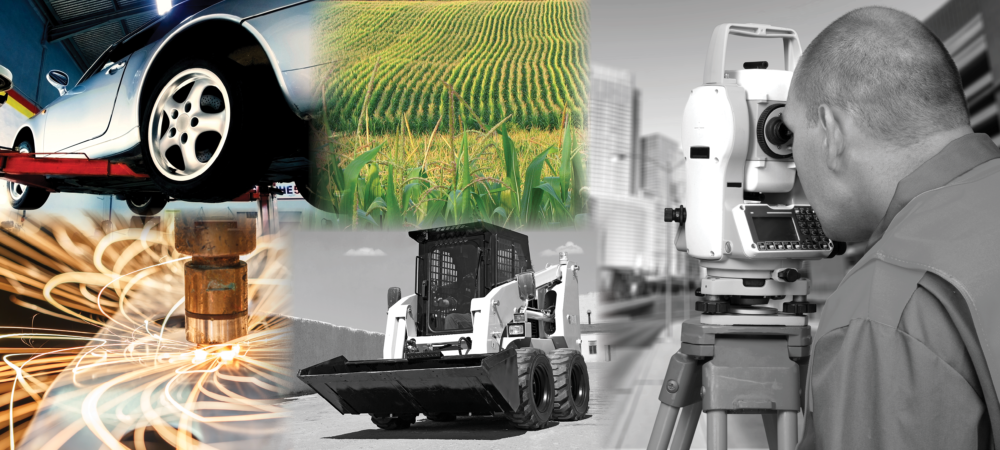Equipment Finance Insights
Time to buy new equipment? Business owners can be eligible for a tax break under Section 179
September 17th, 2021

As 2021 comes to a close, this is a great time to take one last look at your upcoming equipment needs and decide if now is the time for an upgrade or expansion. That’s because the enhancements to the existing Section 179 deduction, passed under the Tax Cuts and Jobs Act of 2017, provide more opportunity to reduce your taxes this year.
Under the new tax law, business owners gain an expanded ability to write off certain equipment purchases in their taxes for the next five years. We’ll take a look at the changes in the tax law, some pros and cons, and how businesses can use them to save money when filing their tax return.
How Section 179 works
Section 179 lets businesses accept an immediate tax break on the equipment purchase by letting them report equipment purchases on federal taxes as an expense. So instead of another year of “getting by” with aging and outdated equipment, Section 179 may assist you with your decision to acquire the new equipment needed to stay competitive or even go forward with an expansion.
Double the deduction under Section 179
Over the past 15 or so years, Section 179 in the U.S. tax code has become very relevant to any business owner with equipment needs. Over the years Congress has expanded this deduction and for 2021 the Section 179 deduction increased to $1,050,000 and expanded equipment purchase limits to $2,620,000.
Used equipment is now eligible under Section 179
A notable change is that used equipment is now an eligible expense under Section 179. In the past, this was available only for new purchases. This gives entrepreneurs even more options to maximize their purchasing power and select the equipment that’s best for their operation.
All that being said, it’s important to consider this caveat before making a bottom-line driven decision: the equipment can’t be equipment the company has used before. That means it can’t come from an associated company or a relative.
Considerations about depreciation and purchase limits
Of course, it’s important to remember that Section 179 is a one-and-done deal. Once it’s reported, taking the depreciation on the equipment purchase is no longer an option. But it’s a matter of knowing what’s best for your business; gaining that deduction and its benefits now, or later in piecemeal fashion.
Also, Congress raised the purchase limit of equipment under Section 179 to $2,620,000. Once the cost exceeds $2,620,000 the deduction starts being reduced on a dollar for dollar basis. Purchases larger than $3,670,000 are ineligible. However, the good news is Congress has also expanded the bonus depreciation for purchases from 50 percent to 100 percent, which could also offer significant tax benefit when it’s time to file.
Finally, be sure the effects on state taxation are well understood, with and without the Section 179 deduction. With the help of your accounting team, you can forecast this and any other cascading financial effects. This foresight can help you determine if the timing is right to expand or replace the equipment that keeps your business running.
Back to List
